1- Think about how you plan to use your photos and prepare a shot list and briefing for your photographer
Before the event, consider how you plan on using your images and prepare a list of photos you want to be captured. In other words, a “shot list”.
Will the pictures be used for social media communications, marketing and promotion on your website or on a brochure?
Will they be shared with your clients and partners? Will they be used in a report for your sponsors?
Of course, you will want photos of the highlights and key moments of your event and for sure happy attendees interacting. However also think about future publication, reporting or promotion. More general abstract shots that highlight and showcase your brand may be used at a later stage on your website or marketing communications.
Among the items that you may want in your shot list are the speakers, important attendees, key players, preparation, signage, logos, partners and sponsors, décor, food, full room views, group photos, or candid photos.
Be as detailed as possible, illustrate your list with headshots of the people who need to be photographed, so your photographer is able to prepare the shooting and take the right equipment, stay on track and do not miss any images you need. If there’s anyone who would prefer not to be photographed, make sure this is also specified on the list!
You can also include a timeline of your event, a map of the venue and examples of photos you like in your briefing, this will help your photographer to understand your needs and prepare the shooting.
Do you need a special format for your image, depending on the publication, do you need portrait or landscape orientated or maybe 1:1 square photos? This is also something you should add to the briefing
Among others, here are a few useful questions you may ask yourself in order to build such a list:
What uses I want to make of my images?
Who are the photos addressed to?
What is the story I would like to tell?
Which message and feeling I want to convey?
What are the moments I need to capture to illustrate the story I want to tell?
What makes my event and/or venue stand out?
What is particularly great about my performance and my audience?
What key moments and highlights are likely to occur and how can I make sure the photographer is in the right place at the right time to capture the action?
2- Capture your specificities, unique moments, emotions and highlights of your event
To convey your message and your values, tell your story, build your image and stand out, you will need to get eye-catching visuals, unique and strong emotional instants rather than random nameless images. If elements and people that make your event unique are included in the shots, your image will stand out and show the specificity of your event. Another great way to convey emotions and engage your viewers is to get shots of your event from the audience’s perspective, with the attendees ‘eyes. Your viewers will then turn into active participants.
3- Pay attention to the lighting
It is wise to check the lighting with the venue technicians before the event. Good light condition is indeed a key to produce high-quality images. If your venue is poorly lit, it will be difficult to obtain great images without using external lighting (flashes). If the stage lighting is weak or there is not any lighting, the speaker will most likely be in a “backlight” situation when standing in front of a bright screen, the use of a flash will then be unavoidable which can also be disturbing for the speakers and the audience.
There is a huge difference between photos captured in a room or on a stage poorly lit and photos taken with proper stage lighting which, additionally to the better quality, will give also enhance the emotions and bring an extra dynamism and dramaturgy to your images.
If your event is taking place outside, in case of a very sunny day, you may want to place the stage in the shadow so the speaker would not be either counter light or over lighted with unflattering hard shadows and squeezed eyes.
Even if some lighting issues can be corrected during editing, it will never be the same quality as when the light is right from start.
4- Take both candid and staged photos
You will probably need both spontaneous shots for your marketing or publications on social media as well as more formal and staged shots maybe to print and give to the attendees or for official press releases. No matter what are your initial plans, a variety of both candid and staged photos is useful. Whilst most corporate events will require a range of more or less formal shots of attendees, do not hesitate to be playful and creative, shots of participants having fun can also be worthy. Not all the shots have to be candid and stolen while the subject is not looking at the camera, shots can be staged and look natural still. For example, handshakes can be difficult to catch, often it goes very fast, and once pressing the trigger, one of the people may already look somewhere else which is less engaging, do not hesitate to ask people’s help and “stage” a spontaneous handshake!
A professional photographer will be able to advise and guide you, you can trust his/her creativity!
5- Hire a professional corporate event photographer
Hiring someone may seem expensive and it is tempting to save money on such costs but the best way to receive high-quality images of your event and highlight your brand is to trust a professional. Photos are a versatile asset and the best durable method to get exposed, share an experience and build your image; in the long run, it is an investment that will allow you to save time and avoid hassles. Hiring a professional event photographer will have many benefits, such as profiting from his/her experience, equipment and dedication.
If you need help to organize the professional photography coverage of your event, I would be delighted to discuss your project with you, please do not hesitate to contact me!

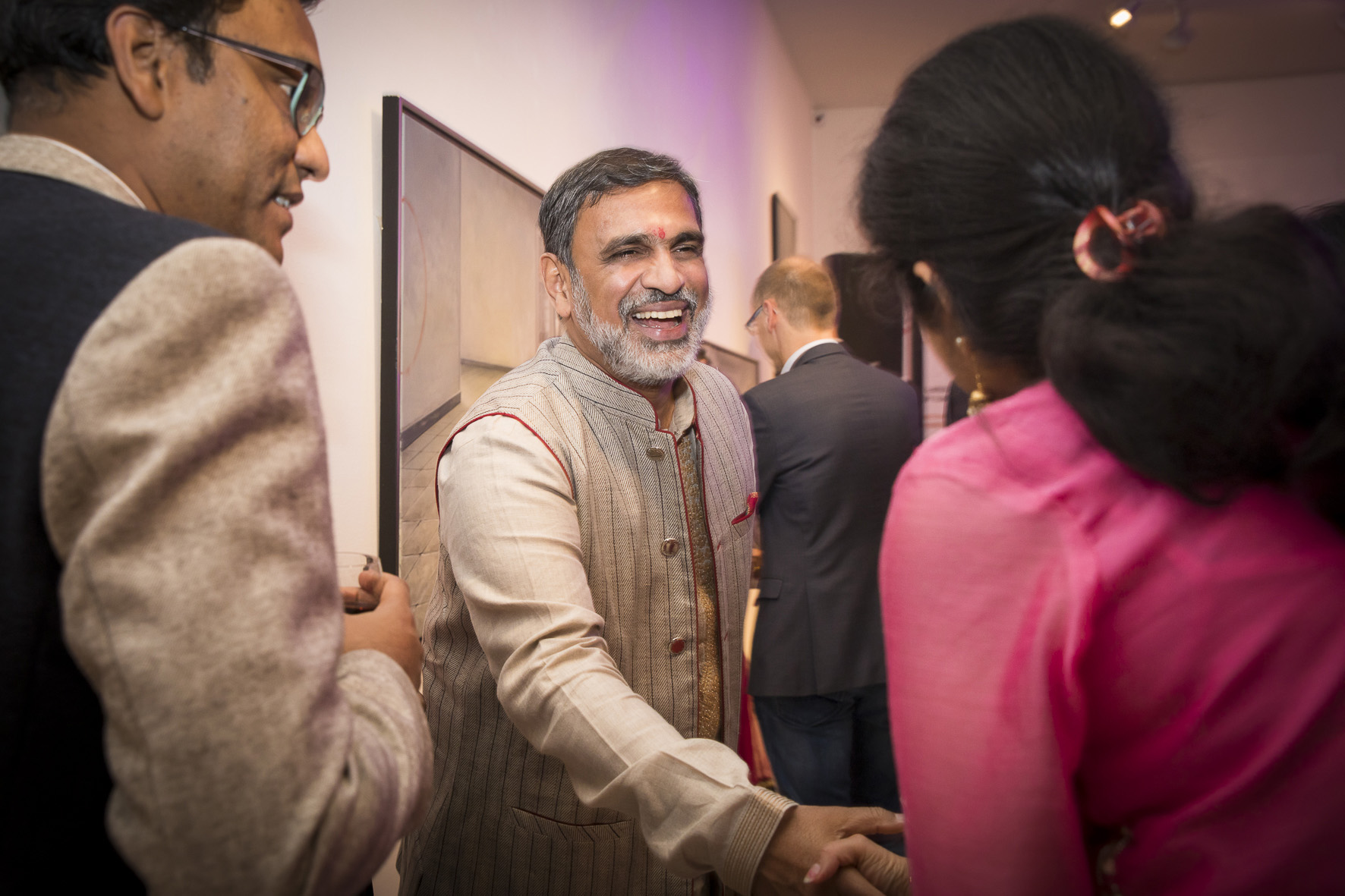

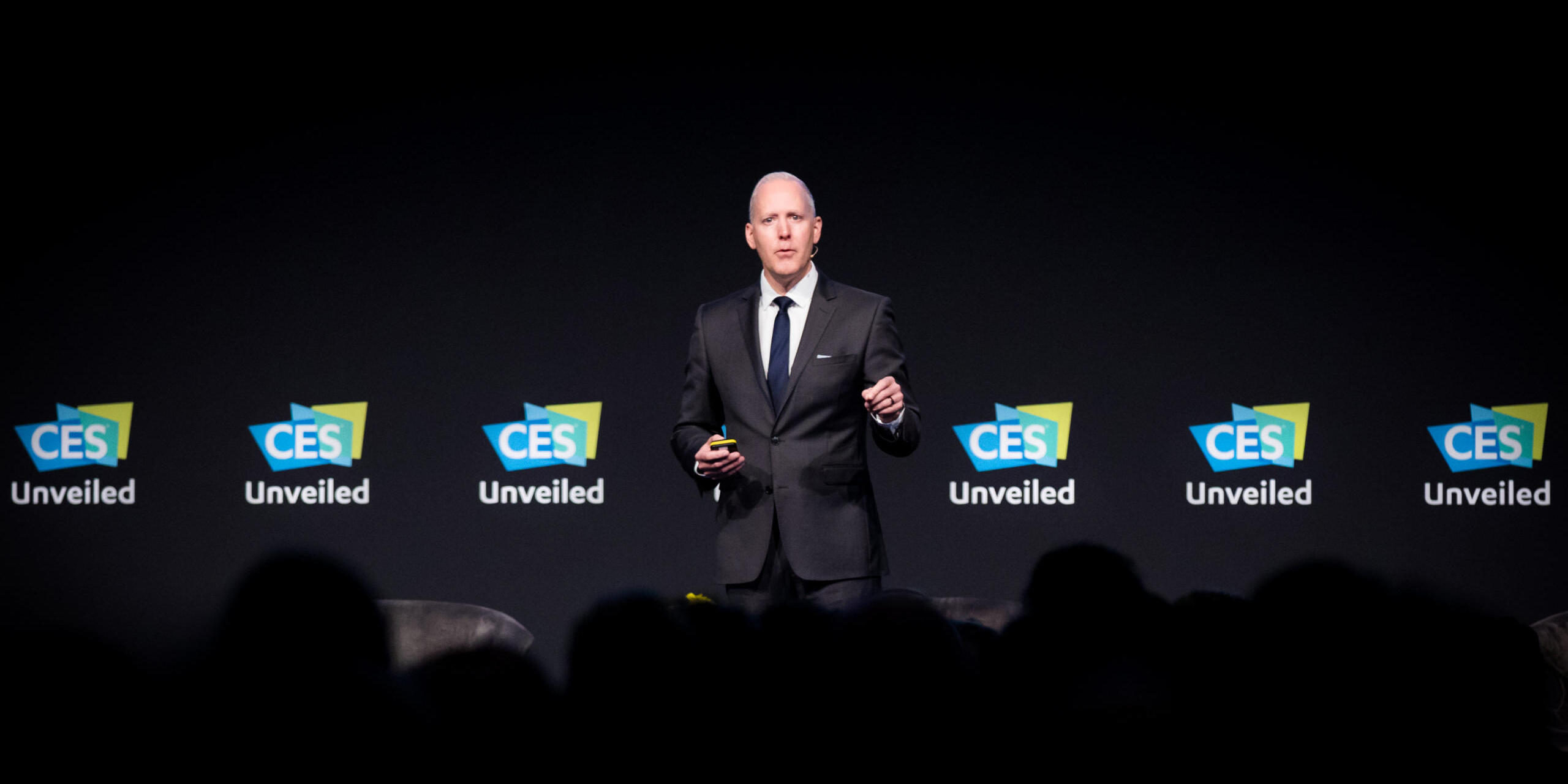
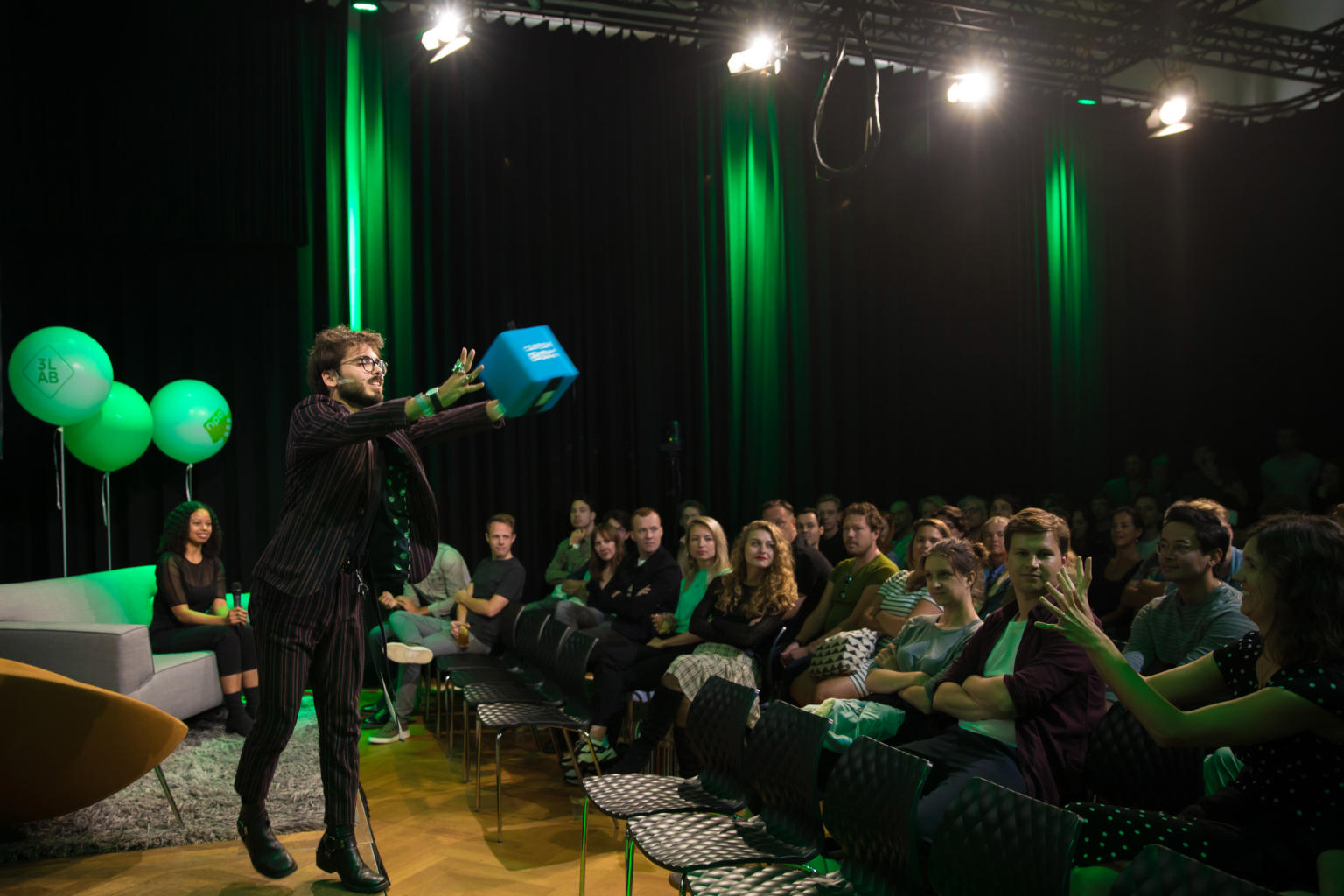
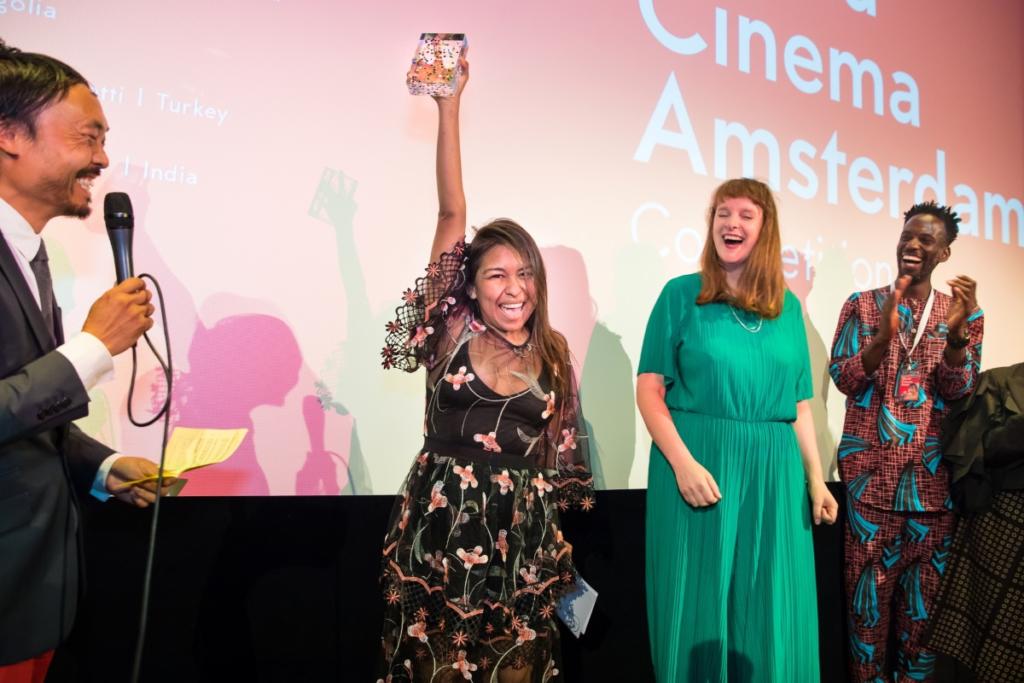
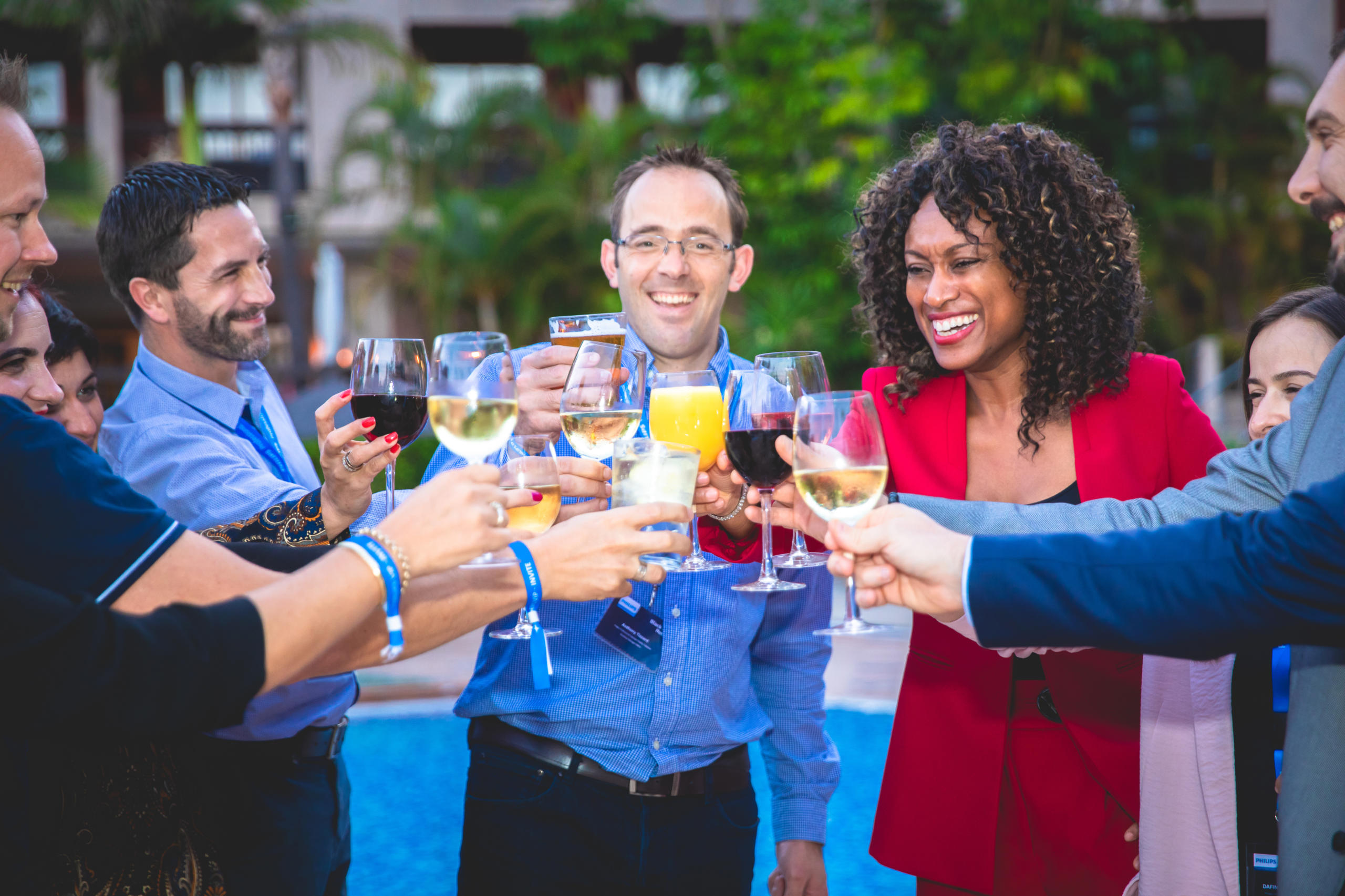
Leave a Reply